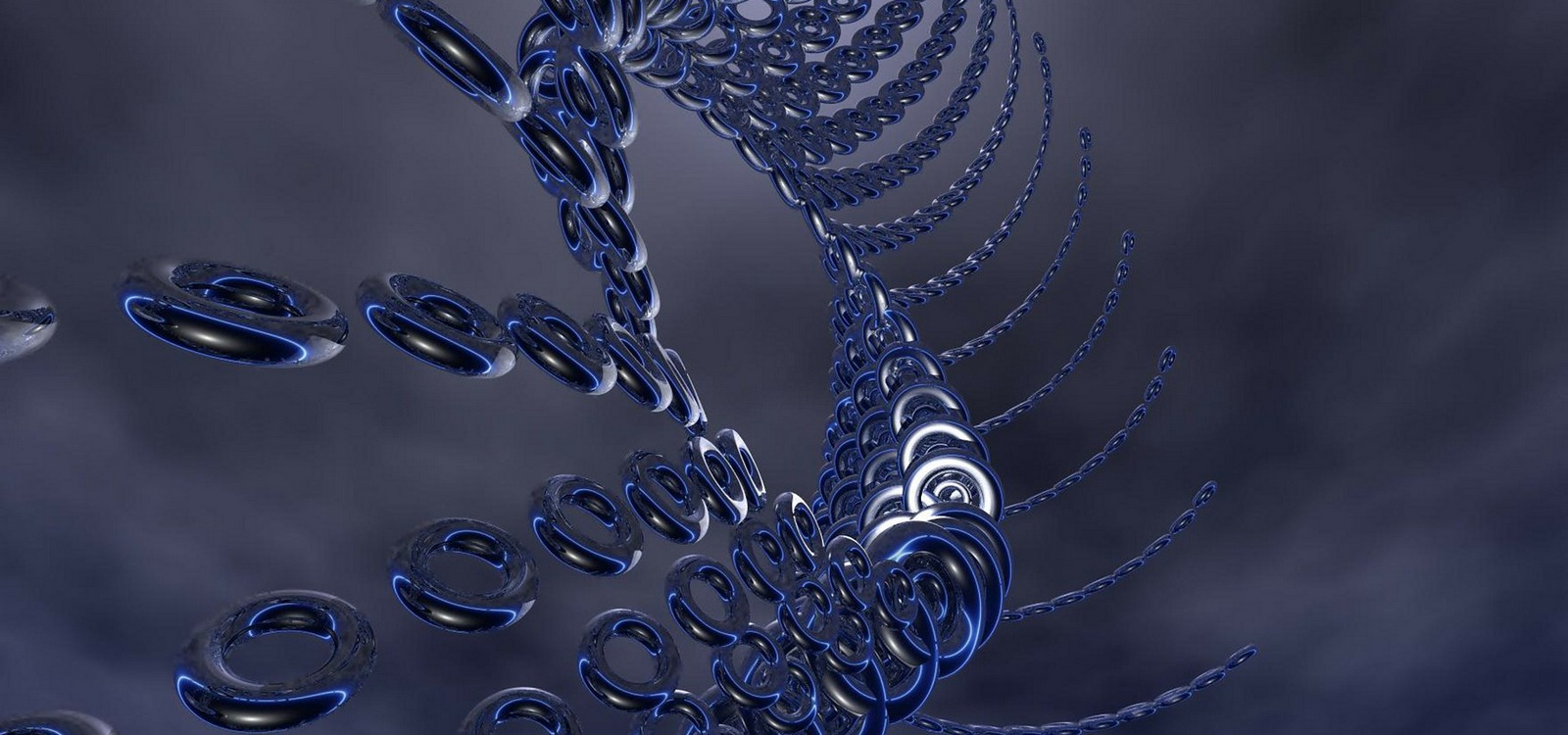
Computer Art
Visual artists are no longer limited to traditional means of art. Computers have been used as an increasingly common tool in the visual arts since the 1960s. Use includes capturing or creating images and shapes, editing those images and shapes (including exploring multiple compositions), and final rendering or printing (including three-dimensional printing).
Computer art is any in which computers played a role in the production or display. Such art could be an image, sound, animation, video, CD-ROM, DVD, video game, website, algorithm, performance, or gallery installation. Many traditional disciplines now integrate digital technology, and as a result, the lines between traditional artwork and new multimedia works created using computers have been blurred. For example, an artist can combine traditional painting with algorithmic art and other digital technologies. As a result, defining computer art as his final product can be difficult. Nevertheless, this type of art is beginning to appear in art museum exhibits, although it has yet to prove its legitimacy as a form unto itself, and the technology is widely regarded in contemporary art as a tool rather than a form, as with painting.
The use of computers has blurred the distinctions between illustrators, photographers, photo editors, three-dimensional modelers, and master craftsmen. Sophisticated rendering and editing software has led to the creation of multidisciplinary image developers. Photographers can become digital artists. Illustrators can become animators. Craftsmen can be automated or use computer images as a template. The use of computer-generated images has also made the clear distinction between fine art and page layout less obvious because of the easy access and editing clip in the process of paging a document, especially for the unskilled observer.